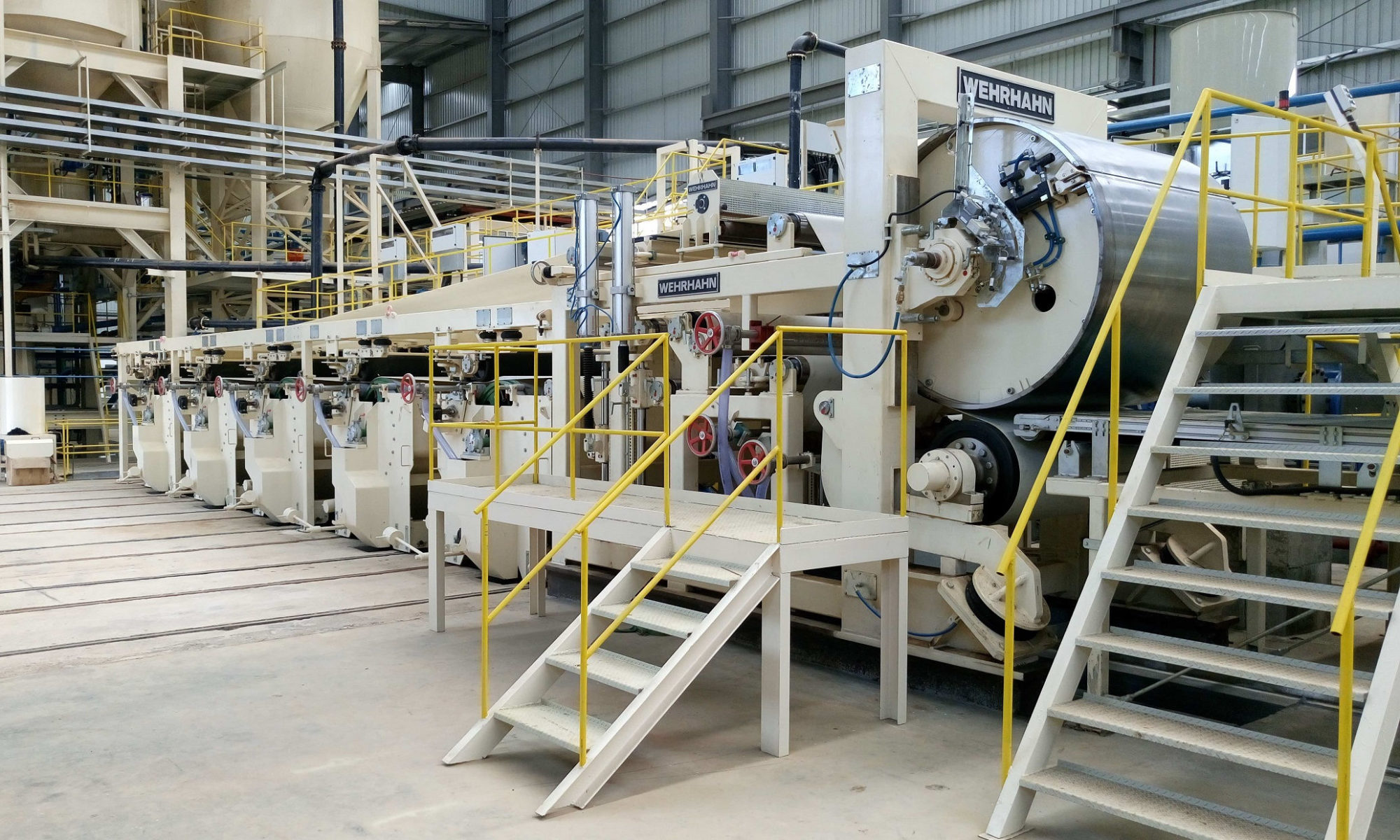Summary:
-Table of contents-
-Prologue: A few lines about the professional career of the author explaining his desire to write the worldwide history of this often-decried industry.
-Chapter I: Invention and first developments.
The need for new building products in the late 19th and early 20th centuries, required tech-nical research in the U S and in Europe, generating a discovery and an invention in Austria.
Explanations on the new product constituted of asbestos and cement, using already exist-ing technologies of the paper industry.
-Chapter II: Asbestos.
Characteristics and properties of asbestos were known since antiquity. Mines, their gigantic development, with anecdotes on the subject. The beginning of the awareness of the dan-gers.
- Chapter III: Manufacturing techniques and products.
The first industrial achievements, their techniques and their fast development in Europe, including exports and set-up of the first plants on other continents. The various products for roofs, walls and pipes conceived to answer the needs of “modernism” generated by economic growth and the resulting demand. The birth of agreements between industrial-ists, source of progresses of all kind but also of certain kind of trouble.
- Chapter IV: Global Explosion.
The intercontinental development after WW II, especially during what we use to call “the thirty glorious”. Water supply and sewage disposal. The fierce competition between big in-dustrial groups already operating and emerging ones, embellished with anecdotes and some epics. The struggle for supplies of raw material with the gigantism of opencast mines. The growing awareness of health risks among the main producers, slowly leading to the crisis …
-Chapter V: The crisis
The deadly risk, both for men suffering from diseases related to asbestos fibres, and for companies producing raw material as well as for those transforming it into products to be used in construction and infrastructure. International researches to find alternatives given the persistence of needs and the natural taste for business and entrepreneurs to survive.
- Chapter VI: Fibercement, Art and Architecture.
From the beginning connection between art and fiber-cement industry was quite close, from reproductions of ancient statues, indoor decoration panels, artistic creations, to paint-ings of the greatest artists of the 20th century, including Pablo Picasso, made on fiber-cement sheets, The works of architects as well-known as Fernand Léger and by many oth-ers not only in the 20th century, but still nowadays.
- Chapter VII: The Revival.
Technical research generated by the crisis and the “scandals of asbestos” led to new manu-facturing processes which revived the fiber-cement industry, often with more beautiful and more efficient products. We see many applications every day, most often without knowing how they are executed, ranging from the colorful slates of Disneyland Paris to the clear walls of some highway tunnels. - Chapter VIII: Country overview.
Presentation of various events and anecdotes closely related to the subject, collected by the author, either during his professional travels or during interviews with actors of the in-dustry, some of them recently retired, others retired for about thirty years. Some visits to renewed manufactures actively operating, help have a sight of nowadays fibre-cements.
-Epilogue:
Just a few lines about the future of this industry according to certain major prospective sites.
-Thanks:
to more than 40 people who helped and sometimes actively participated in the preparation of the manuscript.
Special thanks to Alain Sabouraud whose knowledge, memory and high patience to an-swer my question were requested more than allowed, and to Fernando de Aragon O for the same reasons.
Roberto Abujder – Bolivie
Samuel Bouré – France
Orlando Barrial i Jové – Espagne
Cécile Belot – France
Robert Bessiron – France
Charles Biaggi – France
Michel Bour – Colombie
Raymond Campestrini – France
Sophie Chavignon – France
John Cottier – Afrique du Sud
Fernando De Aragón Ó – Mexique
Olivier Delas – France
Yann Deret – France
Marcel Descombe – France (Deceased)
Pierre Dieudonné – France (Deceased)
Vincent Favre – France
Carlos Freitas – Portugal
Daniel Friedman – USA
Oliver Glendenning – UK
Michel Gonzalez – France
Alexandra Kern – Suisse
Marc Lamour – France
Annie Lamontagne – Canada
Laure Lanterie – France
Bernard Mallet – France
Christian Manant – France
Joseph Milewski – France (Deceased)
Ginette Milewski – France
Bernard Montagut ?
Denis Peaucelle – France
Pierre Picavet – France
Bernard Pinguet – France
Fabienne Planchenot – France
Francis Queva – France
Elisabeth Rauchenzauner – Autriche
Emilie Roulland – France
Manuel Rubio Morano – Espagne
Robert Ruers – Pays-Bas
Alain Sabouraud – France
Gérard Sandret – France
(Anonyme) Sinoma Industry – Chine
Pierrette Theroux – Canada
José Maria Txecma Romero – Espagne
Francisco Vicke – Mexique
Dietz Torsten – Allemagne
